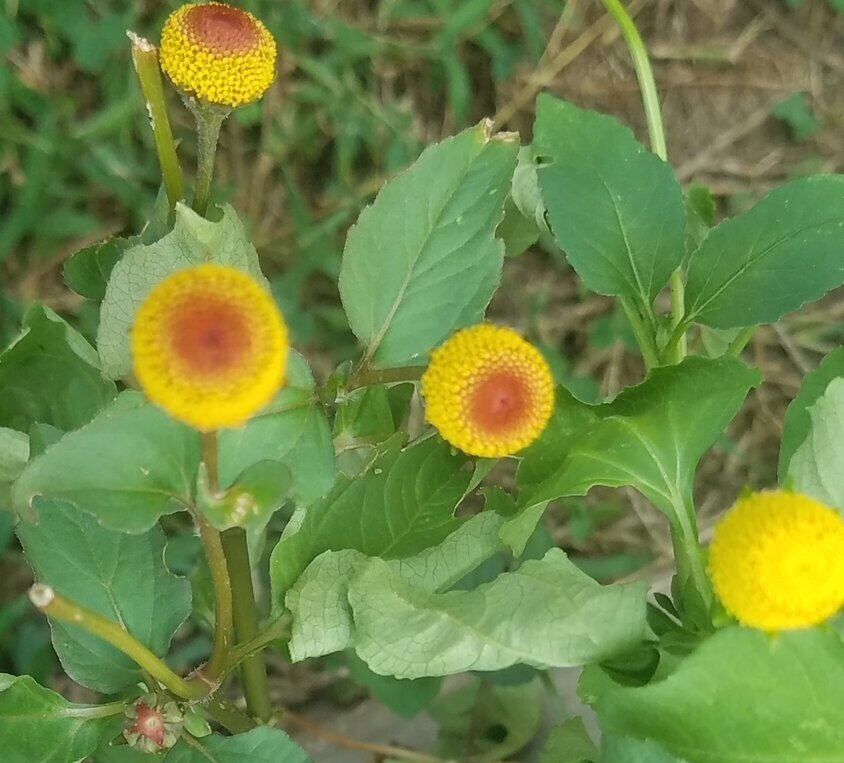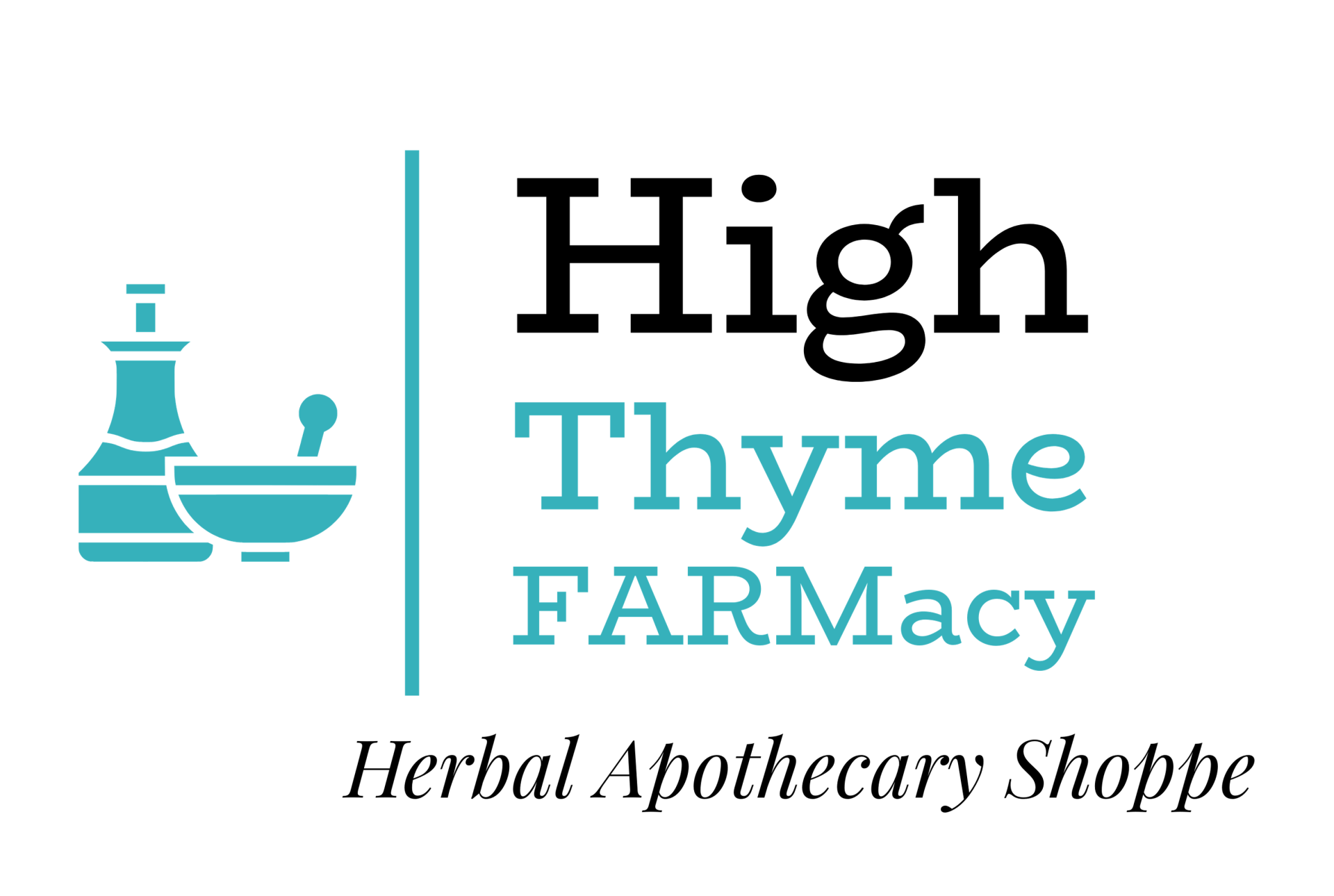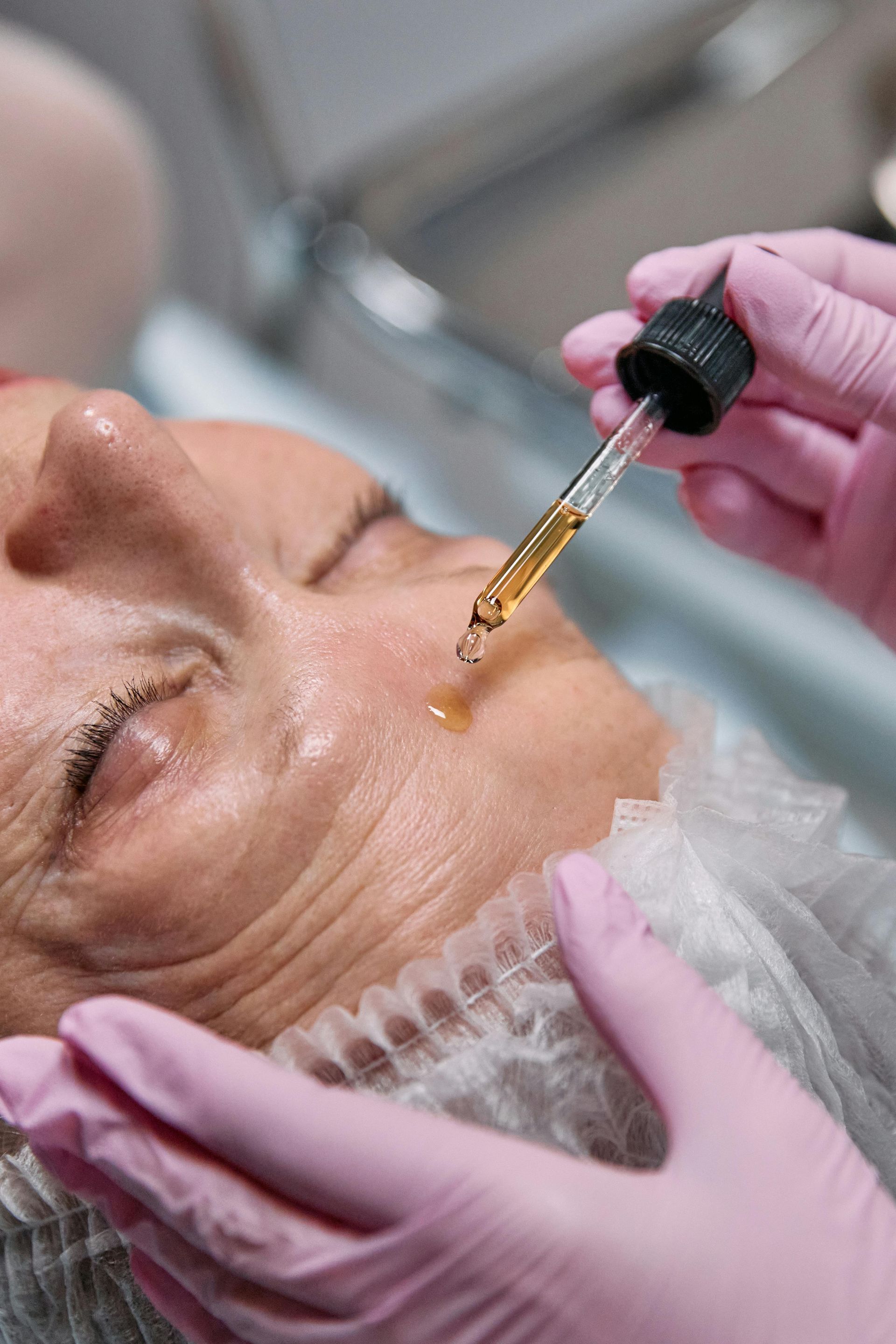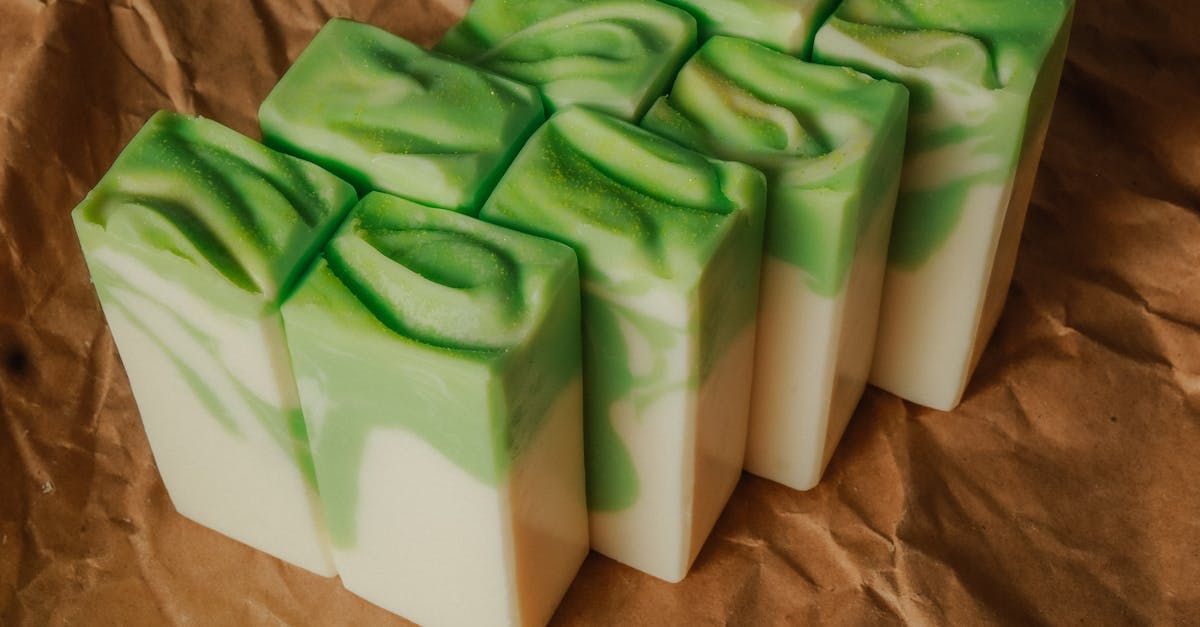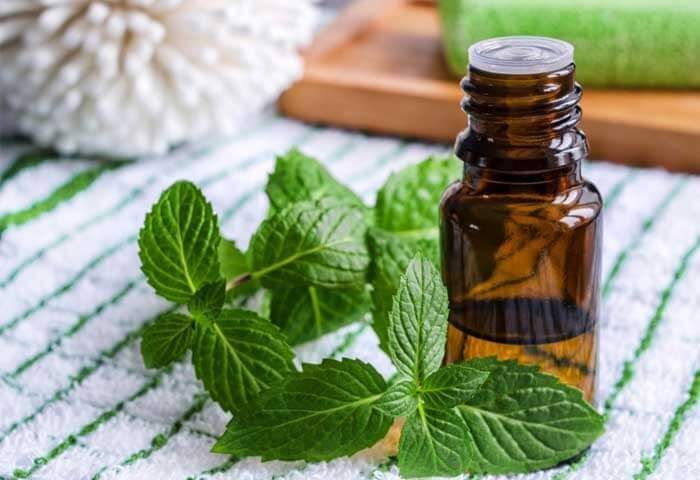A Wildcrafter’s Guide to Herbs for Chronic Conditions
With economic challenges on the rise, finding affordable ways to support health is more pressing than ever. Many healing herbs grow abundantly in the wild, making them an accessible resource for anyone willing to learn. This guide focuses on wildcrafting herbs that may help manage chronic conditions like obesity, diabetes, heart disease, and more. By responsibly harvesting and using these herbs, you can take steps toward better health while staying connected to nature.
Important Note on Wildcrafting: Always identify plants with 100% certainty before harvesting. Use reputable field guides, apps, or seek guidance from an experienced forager. Harvest sustainably (only take what you need and leave plenty for the ecosystem and wildlife) and avoid areas exposed to pollution, pesticides, or herbicide sprays.
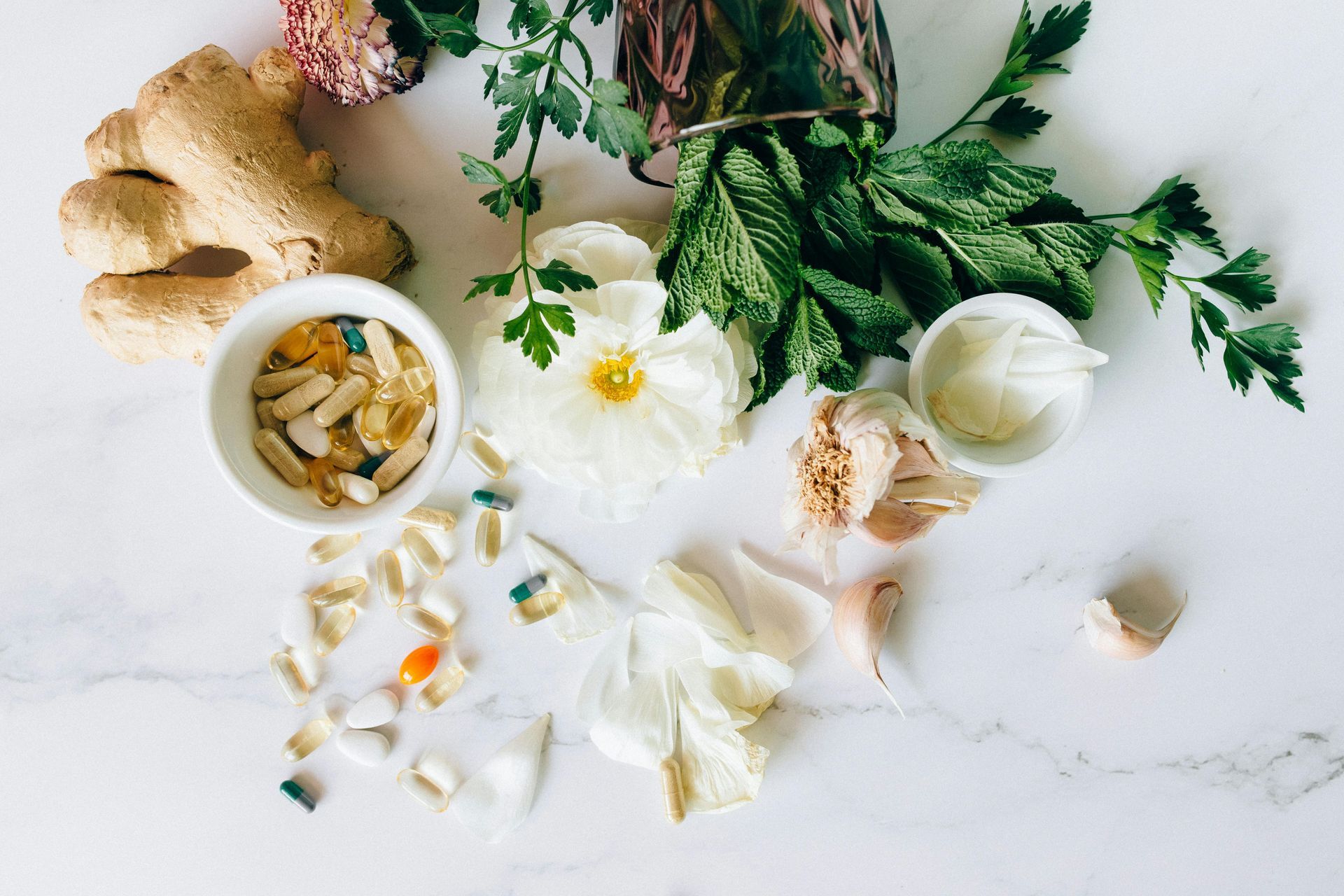
1. Obesity and Weight Management: Dandelion & Chickweed
- Dandelion (Taraxacum officinale): This common “weed” is a diuretic that may help with water retention and aid digestion. Dandelions are easy to spot with their yellow flowers and serrated leaves. Use the leaves in salads or brew tea from the dried roots.
- Chickweed (Stellaria media): Found in shaded areas with moist soil, chickweed is nutrient-rich and may help curb appetite. Add this mild, tender green to salads or pesto for a fresh take on wild nutrition.
Harvest Tip: Choose young, tender leaves of dandelions and chickweed before the plant flowers to avoid bitterness.
2. Hypertension and Heart Health: Hawthorn & Yarrow
- Hawthorn (Crataegus species): Often found in hedgerows, hawthorn bushes are recognizable by their small red berries, lobed leaves, and sharp thorns. Hawthorn supports heart health and circulation. Harvest the berries in late summer to make teas, syrups, or tinctures.
- Yarrow (Achillea millefolium): Growing in sunny fields and roadsides, yarrow’s feathery leaves and white flowers help support circulation and blood pressure. Use it in teas or as a calming compress for headaches linked to hypertension.
Caution: While hawthorn is generally safe, consult with a healthcare provider if you’re on heart medications.
3. High Cholesterol: Plantain & Milk Thistle
- Plantain (Plantago major): Not to be confused with the banana-like fruit, plantain is a hearty “weed” with broad leaves and tall, slender flower spikes. Found in lawns, trails, and fields, plantain seeds are fiber-rich, potentially helping to manage cholesterol levels. Dry and grind the seeds into powder for smoothies or sprinkle them on yogurt.
- Milk Thistle (Silybum marianum): Identified by its purple flowers and spiky leaves with white veins, milk thistle may help liver function and cholesterol management. Harvest the seeds for teas or tinctures.
Harvest Tip: Look for plantain in untended edges of trails and avoid areas with high foot traffic to ensure clean plants.
4. Lung Disease and Asthma: Mullein & Pine
- Mullein (Verbascum thapsus): Mullein’s tall stalks and fuzzy, gray-green leaves grow along roadsides and open fields. Its leaves are excellent for respiratory support and can be steeped into soothing tea.
- Pine (Pinus species): Pine needles, rich in vitamin C and antioxidants, may support lung health. Collect fresh, young needles from low-hanging branches and steep them into a mild, aromatic tea.
Responsible Harvesting: Never strip an entire plant or tree. Always take in moderation to allow the plant to thrive.
5. Kidney Health: Nettle & Cleavers
- Nettle (Urtica dioica): Found in moist, shaded areas, nettle plants are known for their stinging hairs. Gloves are essential for harvesting. Nettle leaves support detoxification and kidney function. Steam or brew the fresh leaves into a nutrient-packed tea.
- Cleavers (Galium aparine): Identifiable by its sticky, clinging stems, cleavers are often found near nettles or along shady paths. They help support lymphatic and kidney health. Prepare cleavers as a cold infusion to preserve their gentle cleansing properties.
Harvest Tip: Pick nettles in the spring when the leaves are still tender.
6. Diabetes: Burdock & Wild Blueberries
- Burdock (Arctium lappa): Recognizable by its long leaves and seed burrs that cling to clothing, burdock is a staple in cleansing and blood-sugar support. Dig up the roots in fall or early spring, slice, and brew them into tea or use in soups.
- Wild Blueberries (Vaccinium species): Small, dark blueberries grow in acidic, sandy soil, such as forests or open clearings. These berries contain anthocyanins that help regulate blood sugar. Snack on them fresh or freeze for later use.
Tread Lightly: Berries are a food source for wildlife. Share the bounty and leave plenty untouched.
7. Depression and Stress: St. John’s Wort & Wild Rose
- St. John’s Wort (Hypericum perforatum): With its star-shaped yellow flowers that bloom in sunny fields, this herb is traditionally used to uplift mood and relieve mild depression. Infuse flowers in oil or dry them for tea.
- Wild Rose (Rosa species): Wild rose bushes sport fragrant blossoms in shades of pink, red, or white, with hips that ripen into red or orange berries. Known for their calming effects, rose petals can be infused into tea, and rose hips are rich in vitamin C to strengthen immunity.
Caution: St. John’s Wort interacts with some medications. Consult with a professional before use.
8. Cancer Prevention: Wild Turmeric & Red Clover
- Wild Turmeric (Curcuma longa): Wildcrafted turmeric, often found in tropical regions, is known to reduce chronic inflammation linked to cancer risks. If you’re lucky enough to find it, wild-harvest turmeric roots can be used in teas or grated fresh into meals.
- Red Clover (Trifolium pratense): With purple flower tops found in open meadows, red clover is rich in antioxidants. Dry the flowers to make fragrant tea for daily health support.
Harvest Tip: Collect red clover when flowers are fully bloomed for maximum potency.
How to Wildcraft Responsibly
- Know the Land: Only harvest from clean, untended areas, away from roads, industrial sites, or treated lawns.
- Use the “1-in-3 Rule”: Take only one-third of the plant in the area to ensure it regrows and wildlife access is maintained.
- Research Ethics: Some plants, like ginseng or goldenseal, are endangered. Know the status of your region’s flora before harvesting.
- Carry the Right Tools: Bring gloves, scissors or a knife, and breathable cloth bags for proper storage.
Making Wild Herbs Part of Your Daily Routine
- Respect what grows around you. Learning to identify and harvest herbs builds a deeper connection with nature.
- Start with simple practices, like drinking nettle or dandelion tea a few times a week.
- Pair wild herbs with seasonal, whole foods to maximize their benefits.
Wild herbs offer a powerful, budget-friendly way to enhance health during tough times. With knowledge, respect, and sustainable practices, you can harness the gifts of nature to support your well-being and future generations.
Share
A High Thyme FARMacy Blog

